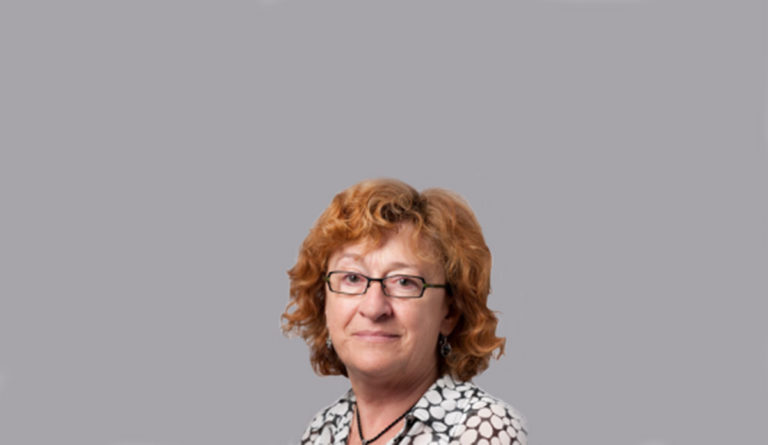Barbara Stilwell
Public Health Post spoke with Dr. Barbara Stilwell about her work to better define nurses' roles in the field of public health.

Read Time: 4 minutes
Published:
Barbara Stilwell took up the post of executive director of the Global Nursing Now Campaign in July 2018. Prior to this, she was senior director for human resources solutions at IntraHealth International, based in Chapel Hill, NC. For the past 25 years, Stilwell has worked on international health workforce issues, first with the World Health Organization (WHO) based in Geneva and then with IntraHealth International. At the WHO, Stilwell helped change the organization’s approaches to performance improvement and served as the focal point on the migration of health workers, negotiating with ministers of health on strategies to address health worker migration.
We recently spoke with Dr. Barbara Stilwell about the role of nursing and its intersections with the field of public health. Nurses are not typically at the center of conversations about public health, but Dr. Stilwell has changed that.
Dr. Stilwell started her career as a nurse and then became a nurse practitioner. “I realized that clinical nursing and public health could be usefully combined, which they weren’t in England at the time. I began looking for roles that might combine the two disciplines and I came across the US nurse practitioner,” Stilwell said in an interview with Public Health Post. Stilwell received a scholarship to attend the University of North Carolina and returned home to the United Kingdom in the early 1990s, bringing this new kind of nursing work with her. After working in roles with the World Health Organization and IntraHealth International, she now serves as the Executive Director of Nursing Now. Nursing Now’s mission is about improving population health through raising the status of nurses. There are about 2.9 million nurses in the United States. However, Stilwell pointed out that “it’s getting increasingly difficult to recruit nurses and there’s going to be a global shortage of 9 million by 2030.”
“Nurses constitute the largest proportion of the global health workforce,” Stilwell explained. “The thing about nurses is that they fill all the gaps in care.” Stilwell noted that filling gaps in care is both a strength and a problem. “It’s a strength because nurses deliver care to people who otherwise wouldn’t have it, but it’s a weakness because it dilutes what nurses can do.” Nursing is often viewed as a supportive role rather than a leading role in public health and clinical care, and Stilwell and Nursing Now have sought to change this public perception by pushing for greater investment in improving education and employment conditions for nurses. In addition to this shift, Stilwell champions nurses and midwives having greater influence in policy and involvement in clinical decision-making.
To address obstacles nurses and midwives face as service providers, Stilwell advocates for giving nurses the opportunity to lead organizations.
“Nursing is a gendered profession,” Stilwell told PHP, underscoring the struggle to engage men in the field. “You realize that the prejudices people hold are very entrenched.” Stilwell also noted that there are other difficulties for nurses related to race. In the US, patients have refused treatment from non-White medical professionals and nurses. “In England, Black women have a much harder time rising in the profession than White women,” Stilwell explained.
To address obstacles nurses and midwives face as service providers, Stilwell advocates for giving nurses the opportunity to lead organizations. “Give them the skills they want to be leaders and managers. You will see a huge return on your investment because they’ll be creative leaders,” she explained. Stilwell also emphasized the need to think differently about the role of nursing and how the profession can help improve population health outside of traditional health care settings.
Stilwell believes there is a lot of work to do in health care with regard to defining the role of nursing. “We need to recognize that nursing is an art, but the art is applying science appropriately and in a way that’s in a partnership with patients. And that’s very hard to do,” Stilwell stated.
Photo courtesy of Barbara Stilwell



